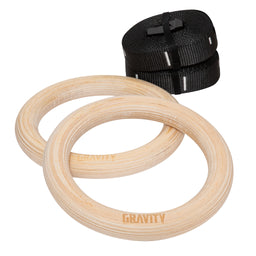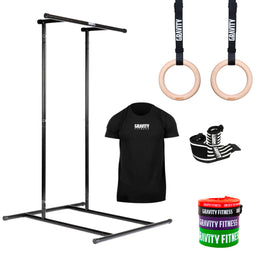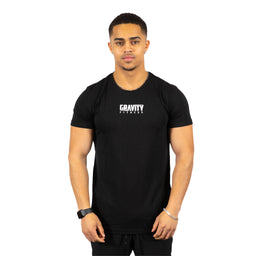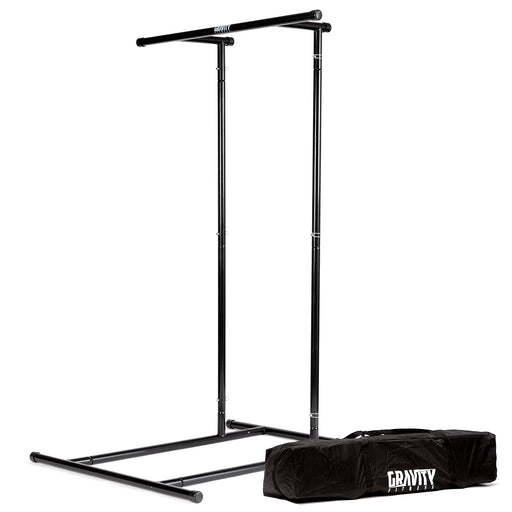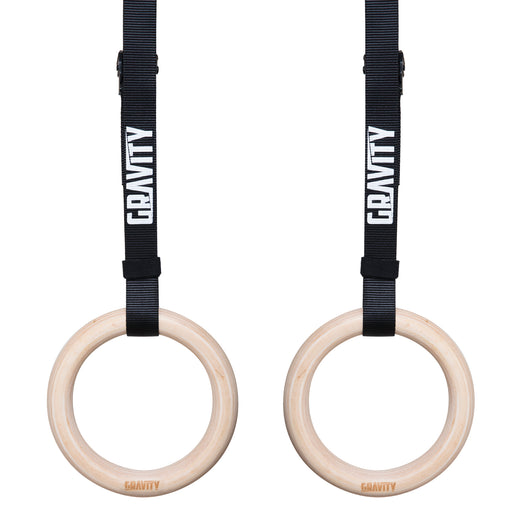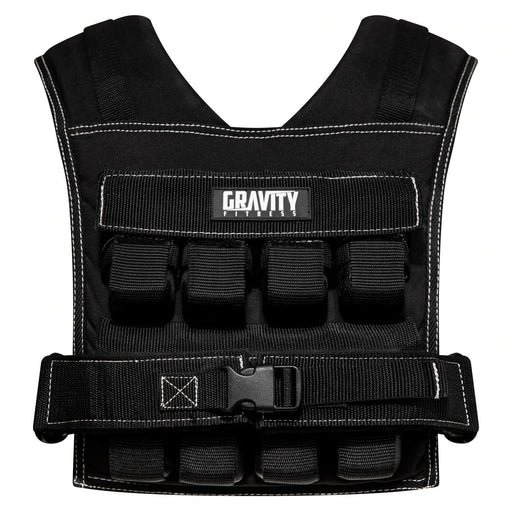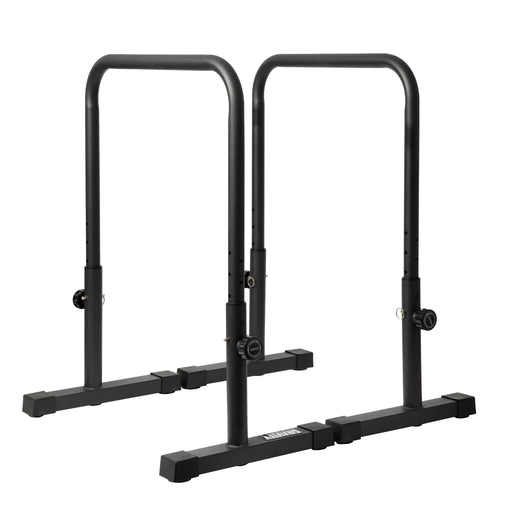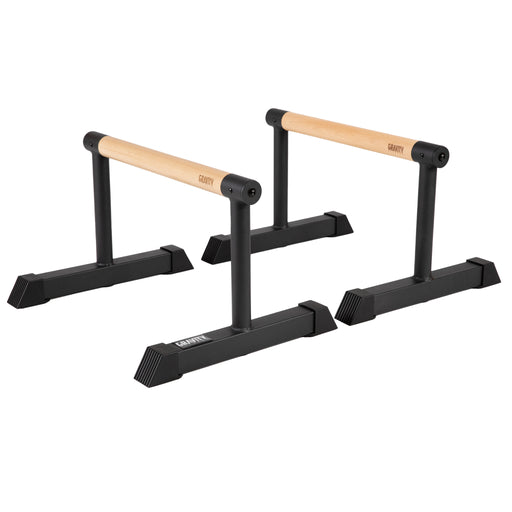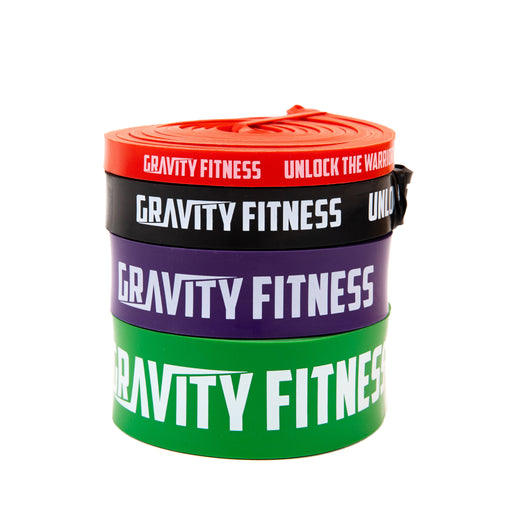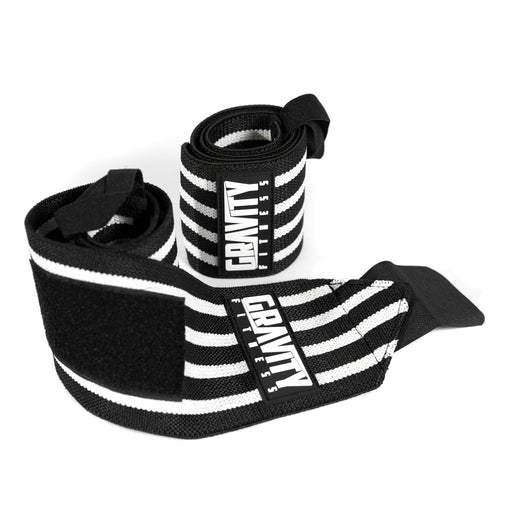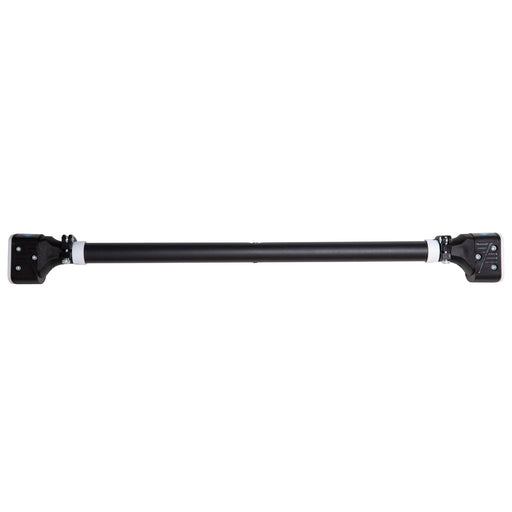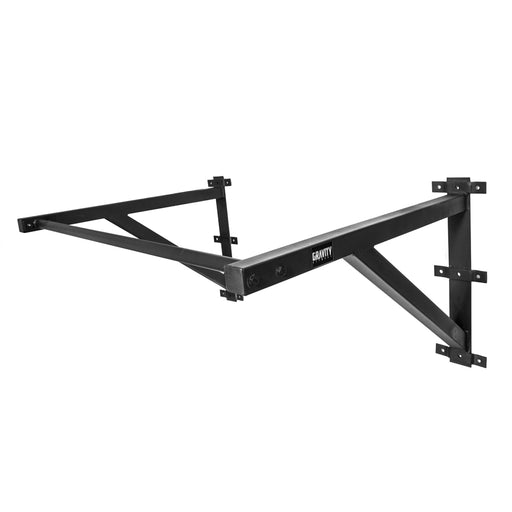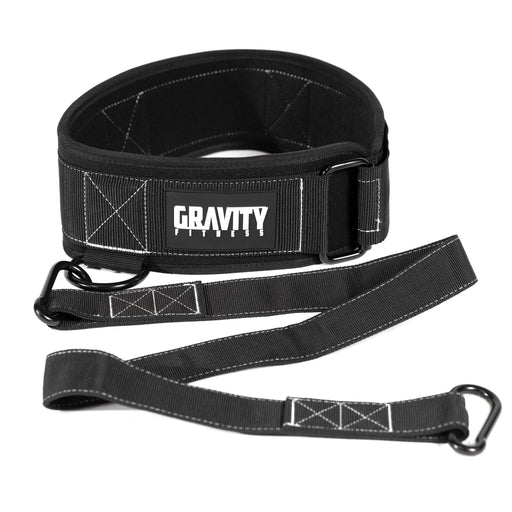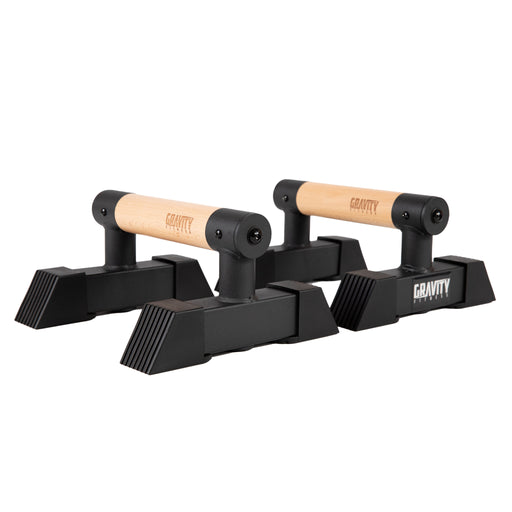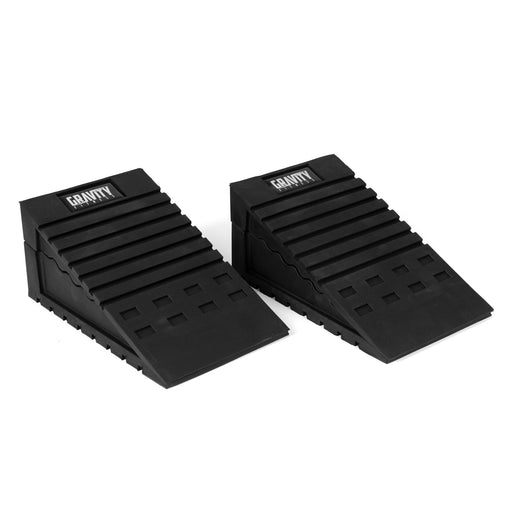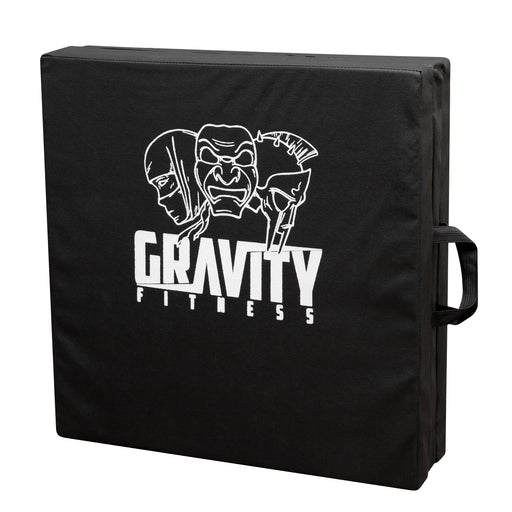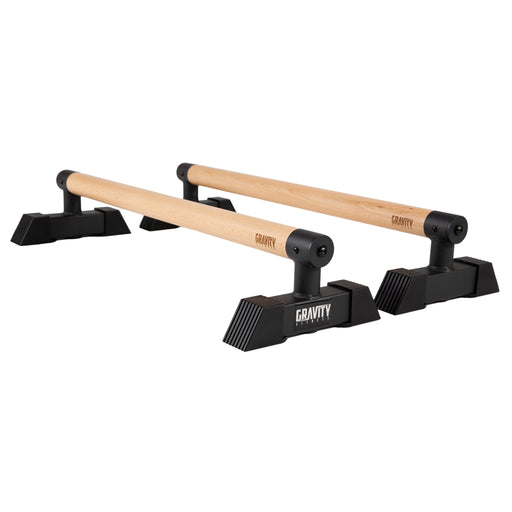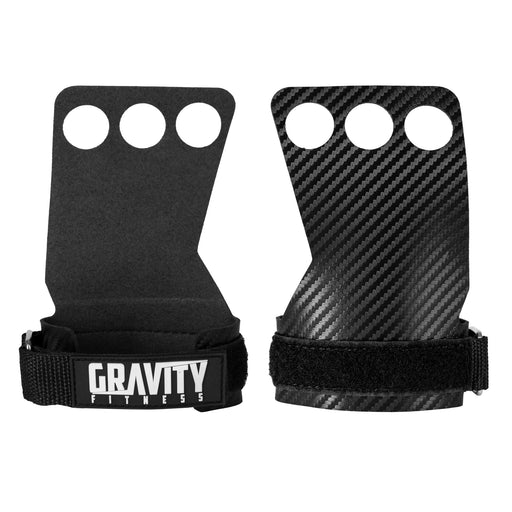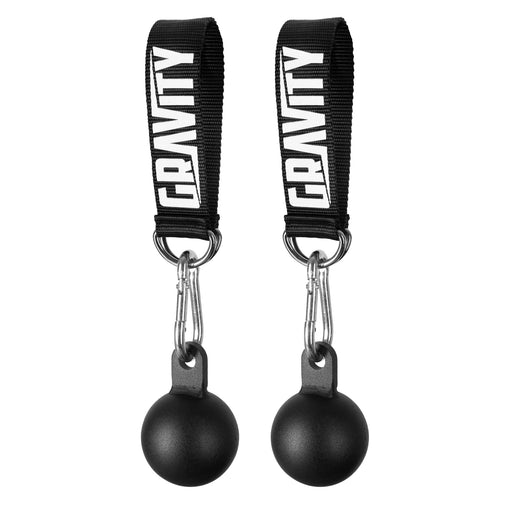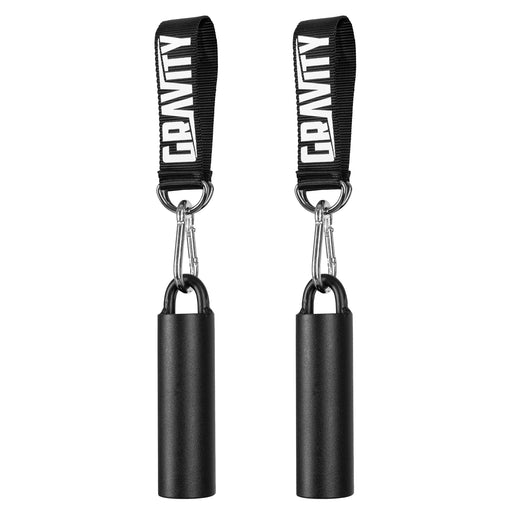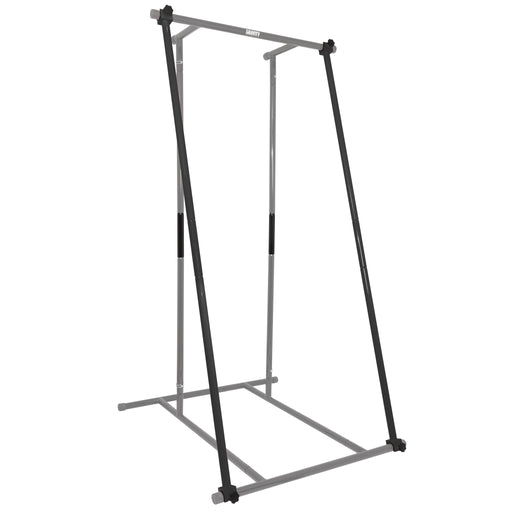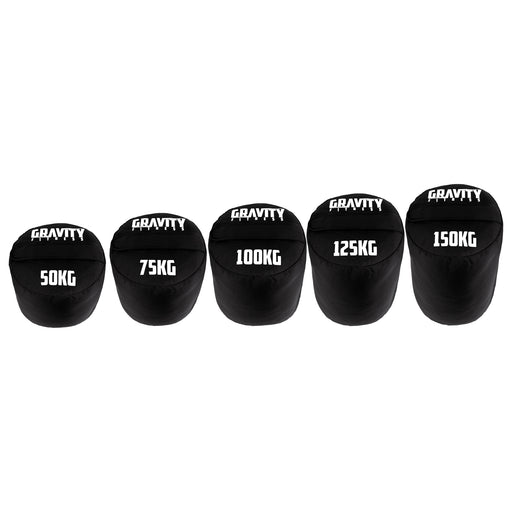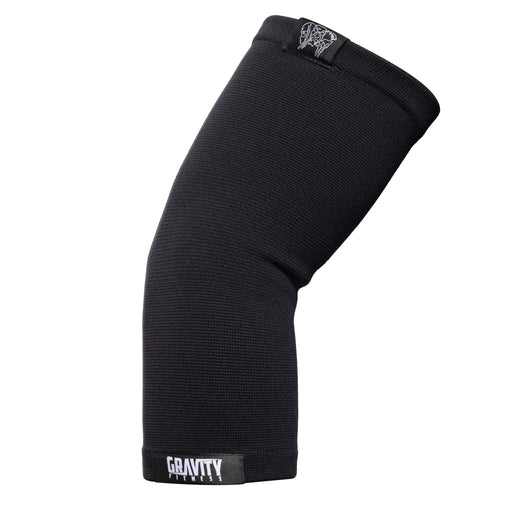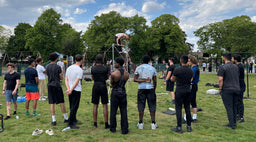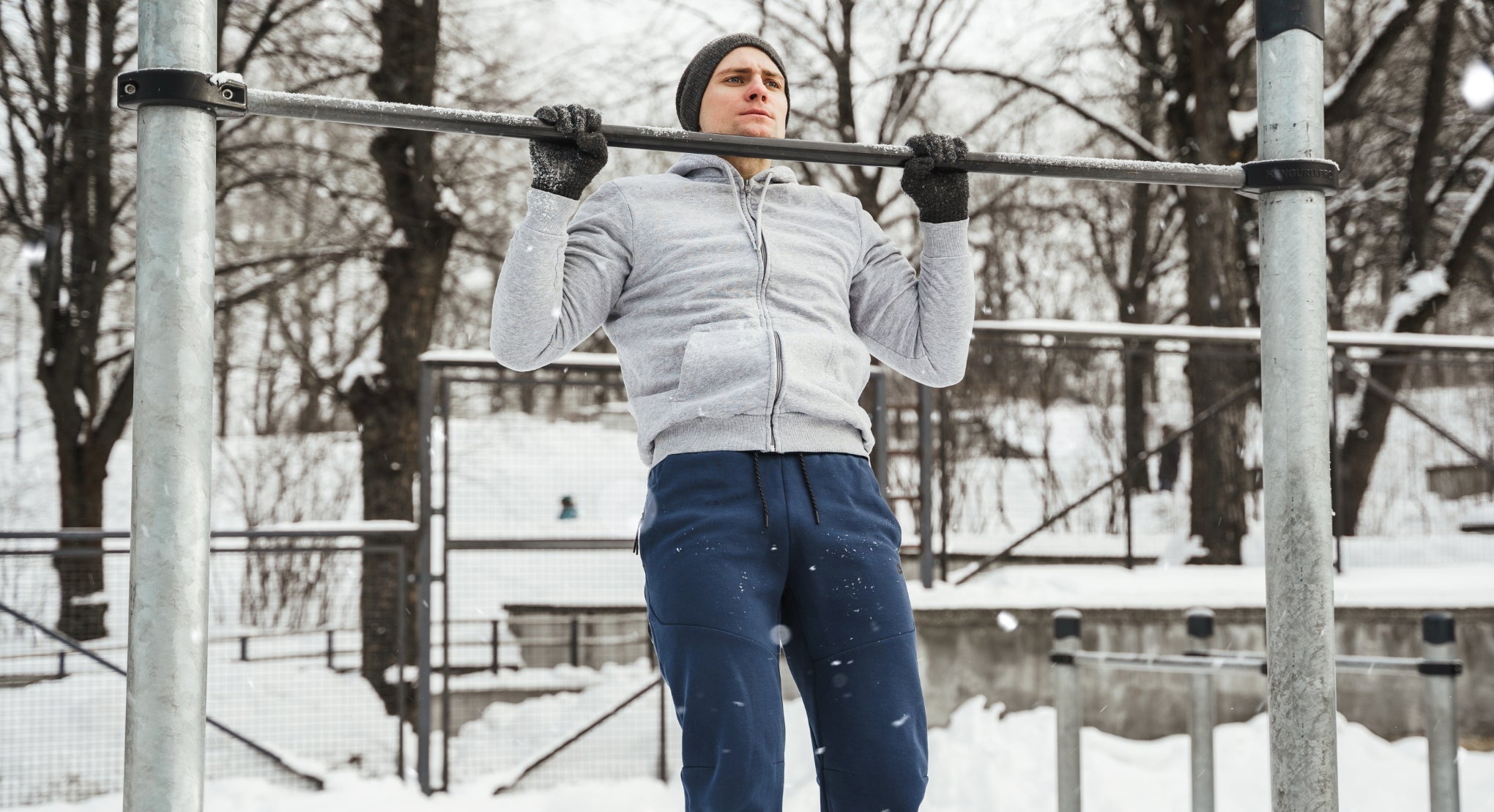
The Gravity Fitness Winter Challenge: Train Hard, Stay Consistent, Build Through Winter
Why Train Through Winter
Winter is the season where most people slow down. Shorter days, colder weather, and endless holiday distractions make training harder to stick with. That’s exactly why it matters more than ever. If you can build consistency through the toughest months, the rest of the year becomes easier. Winter is where discipline is forged.
Instead of waiting until January to start again, use these months to get ahead. The Gravity Fitness Winter Arc is a three-month training framework designed to give you structure in your workouts, nutrition, recovery, and mindset. By the time the new year arrives, you’ll already have momentum on your side.
Calisthenics as Your Winter Weapon
Calisthenics is one of the most effective and accessible ways to train through winter. It builds strength, endurance, and control using minimal equipment. Push-ups, pull-ups, squats, planks, and static holds form the foundation. These movements can be scaled up or down depending on your level — beginners can start with simple regressions, while more advanced athletes can add load, tempo, or skill work.
The advantage of calisthenics in winter is flexibility. You can train at home, outside, or in a gym. You don’t need expensive machines, and you’re not tied to a commercial setup. With the right plan, you can keep progressing anywhere.
Beginner Progression: Building the Base
If you’re just starting out, the focus should be on mastering the basics and building consistency. That means push-ups, squats, rows, planks, and dead hangs. Three full-body sessions per week are enough to lay the foundation.
Progression doesn’t need to be complicated. Start with incline push-ups and prisoner squats in October, move to floor push-ups and stronger rows in November, then push into decline push-ups and split squats in December. Add in core work and grip training along the way, and by January you’ll have built a stronger base to work from.
Intermediate Progression: Taking It Further
For those who already have the basics locked down, winter is the time to step up. That means harder variations, skill development, and resistance. Think ring push-ups, pistol squat progressions, weighted pull-ups, dips, handstands, and front lever work.
Again, three full-body sessions per week are enough, provided you’re consistent. The Winter Arc structure gradually blends raw strength with skill practice so you’re not just getting stronger — you’re also building control, coordination, and the foundation for advanced calisthenics.
Nutrition: Clean Fuel Over Winter
Training is only half the picture. Nutrition is what supports recovery and energy levels when the cold hits. The challenge in winter is avoiding the slow creep of processed food, holiday excess, and comfort eating.
The principles are simple:
-
Build every meal around protein.
-
Use carbs as fuel around training.
-
Include healthy fats for hormones and joint health.
-
Stay hydrated, even in cold weather.
-
Keep liquid calories in check.
You don’t need a rigid meal plan — just a framework that keeps you consistent. Whole foods, lean protein, and simple carbs like oats, rice, or potatoes will carry you further than packaged snacks or takeaway meals.
Recovery: Sleep as a Training Tool
One of the most overlooked aspects of winter training is sleep. It’s where real progress happens — muscles repair, hormones reset, and your body adapts to the work you’ve done. Without it, everything slows down.
Winter brings unique challenges here too. Shorter days disrupt natural rhythms, heavy meals can interfere with rest, and alcohol wipes out recovery. The key is routine: a set bedtime, a cool dark room, and a pre-bed wind-down. Aim for seven to nine hours of quality sleep, and you’ll notice the difference in strength, mood, and discipline.
Building Discipline
The real challenge in winter isn’t the training itself, it’s showing up. Motivation fades when it’s dark and cold, but discipline is what carries you forward. Every time you choose to train instead of skipping, you’re building resilience. By January, you’ll already be ahead of the crowd who are just starting over.
Set measurable goals, both performance-based (like ten pull-ups or a sixty-second plank) and process-based (like training three times per week). Track your progress, stay accountable, and expect setbacks. Consistency is what wins.
The Next Step
The Gravity Fitness Winter Arc is designed to guide you through October to January with clear training plans, nutrition frameworks, sleep strategies, and habit-building tactics. What we’ve covered here is just the overview. The full guide gives you month-by-month programs, exercise breakdowns, progression rules, and practical advice to keep you moving forward.
If you’re serious about building discipline, strength, and resilience this winter, this is where you start.
👉 Download the full Gravity Fitness Winter Arc Guide here
Winter is the test. The Gravity Winter Arc is your roadmap to passing it.
